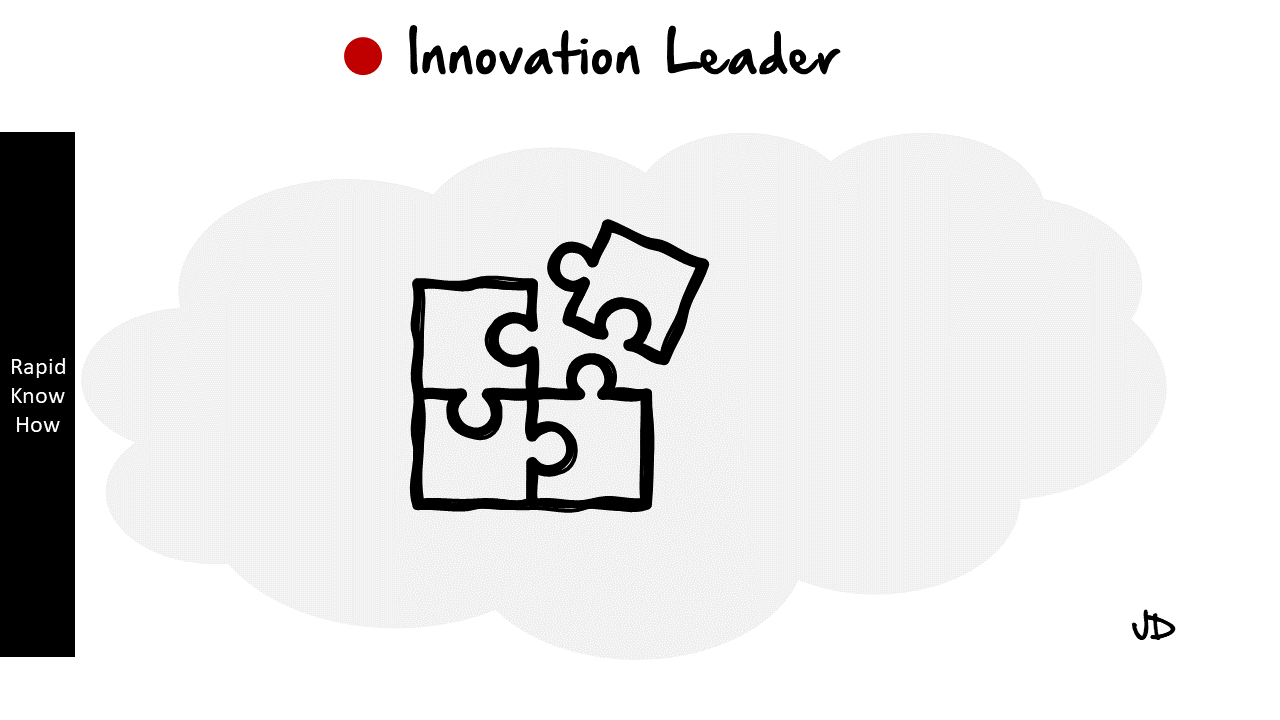Storyboarding is an essential part of creating graphic novels. It is a process that allows the author to visualize the narrative in a sequence of panels, much like a film director would use a storyboard to plan out scenes in a movie. This technique helps to establish the flow of the story, determine the layout of each page, and decide on the placement and composition of each panel.
A. Use of Storyboards in Creating Graphic Novels
Storyboarding is used in graphic novels to map out the story visually before it is fully illustrated. This process involves sketching out rough drawings of each panel, along with notes about dialogue, sound effects, and other important details. The storyboard serves as a blueprint for the graphic novel, allowing the author and illustrator to see how the story will unfold across each page.
The use of storyboards in creating graphic novels can greatly enhance the storytelling process. It allows for better planning and organization of the narrative structure, ensuring that each panel contributes to the overall story arc. Moreover, it provides an opportunity to experiment with different layouts and compositions, which can significantly impact how readers perceive and engage with the story.
B. Techniques for Visualizing Narratives through Panels
There are several techniques for visualizing narratives through panels in graphic novels. One common technique is using different panel sizes to convey importance or time passage. Larger panels can be used for significant events or dramatic moments, while smaller panels can indicate quick actions or minor details.
Another technique is using varying panel shapes and angles to create dynamic compositions. For instance, tilted panels can suggest tension or instability, while circular or irregularly shaped panels can add visual interest or emphasize certain elements within the scene.
The arrangement of panels on a page also plays a crucial role in visualizing narratives. A traditional grid layout provides a straightforward reading experience, while unconventional layouts can create unique pacing and rhythm.
C. Examples from Popular Graphic Novels
Many popular graphic novels effectively utilize storyboarding and panel techniques to visualize their narratives. For instance, in “Watchmen” by Alan Moore and Dave Gibbons, the consistent use of a 9-panel grid layout creates a steady rhythm and allows for intricate storytelling. The occasional deviation from this layout serves to highlight key moments in the story.
In “Maus” by Art Spiegelman, the panels are used to convey the harrowing experiences of the protagonist during the Holocaust. The stark black-and-white illustrations, combined with the careful placement and sizing of panels, create a powerful visual narrative that complements the poignant storyline.
In “Persepolis” by Marjane Satrapi, the use of simple, minimalist panels effectively communicates the author’s experiences growing up in Iran during the Islamic Revolution. The straightforward panel layout provides clarity and focus on the narrative, while the expressive illustrations add depth and emotion to the story.
In conclusion, storyboarding is a vital tool in creating graphic novels. It allows authors and illustrators to plan out their narratives visually, experiment with different panel compositions, and create engaging stories that resonate with readers. By studying popular graphic novels, aspiring creators can learn valuable techniques for visualizing narratives through panels.
